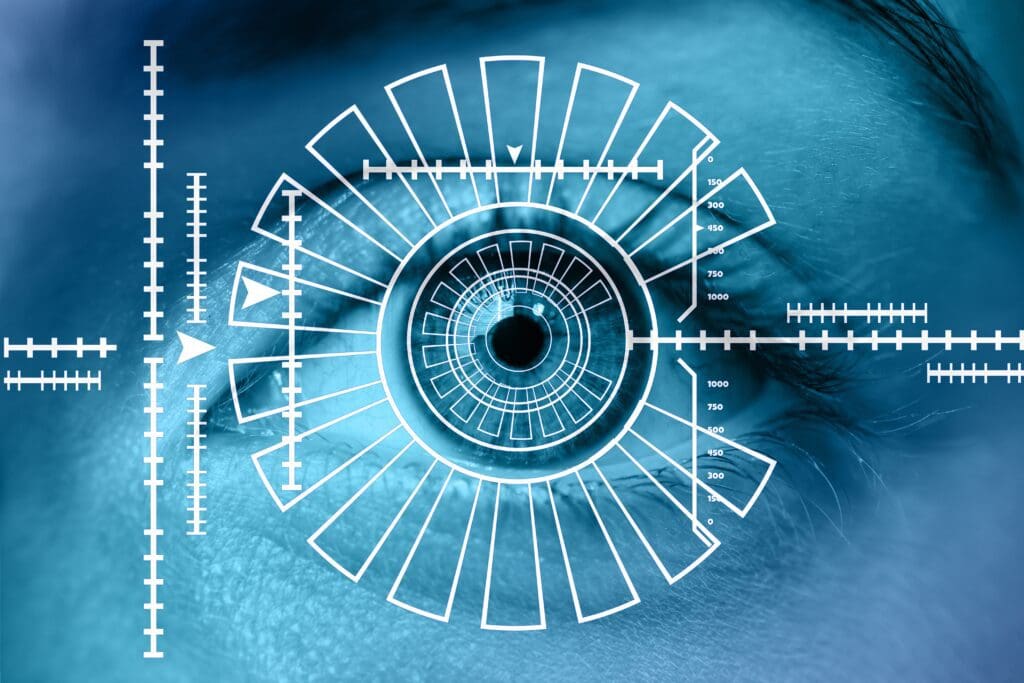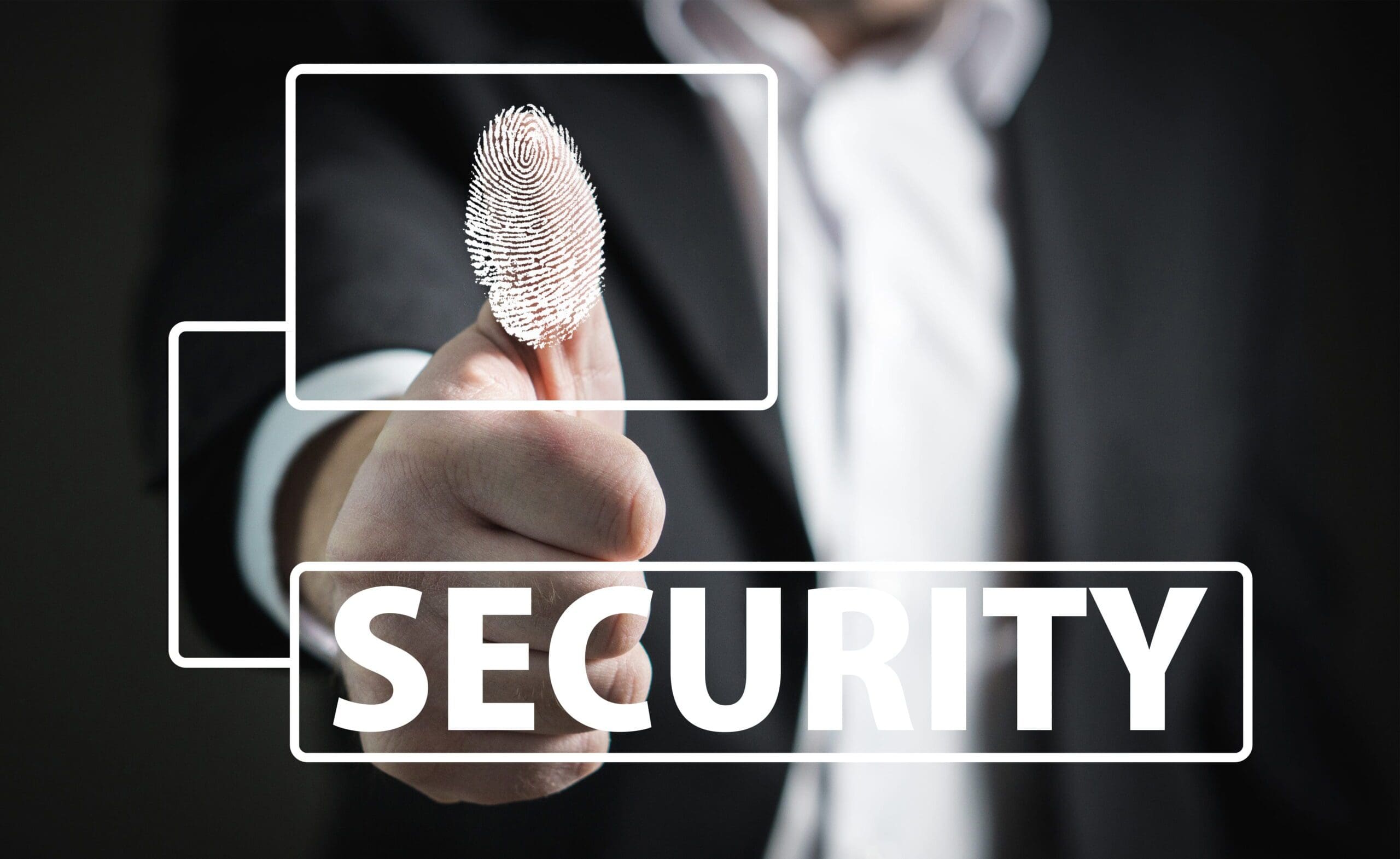Password security is a huge issue for computer users in America, but it’s also a mounting security risk for corporations. With cyberattacks at all-time highs, more than 23 million computers still use the default “123456” password to secure their accounts. Even within companies, 62% of IT personnel say that adequate security measures are not being taken to secure mobile devices.
It’s true that more companies and individuals are changing their practices to better protect their accounts and online security, but those changes just don’t go far enough. Cyberattacks and the threat of identity theft are not going away. That’s why biometrics identification has become such an essential part of the battle against identity theft for corporations across the US and around the world.
What is Biometrics?
Biometrics takes what’s unique about you and turns it into an advantage to verify your identity. It can use any number of physical and behavioral inputs, which the database stores for future use and validation. It then uses those characteristics to make sure that it’s really you accessing the secure data or access points. Here are two main categories.
- Physical: Your physical features can include your facial recognition profile, eye patterns, handprints, and fingerprints. These features are scanned and then used to verify your identity when logging into the device or system.
- Behavioral: Your behavioral patterns can include your typical location, voice, and typing patterns. The standard patterns of “you” are recorded and used to validate your identity when you log in to the system. There are certain characteristics of your online personality that are not easy to replicate or fake.

What Are the Benefits of Biometrics?
The benefits of biometrics authentication are obvious and many-faceted, particularly in situations where instant access is required. Here are just a few of the many benefits of biometrics technology in the business world.
The password is more secure. You no longer have to rely upon a person’s memory for password validation or security. You also have less to fear from the dangers of insanely inane passwords or the multiple uses of the same password across the organization’s logins.
Speed is a key factor. In a fast-paced office environment, you simply rely upon the fact that a person has a confirmed identity, so they can quickly log in and get to work without the hassle or delay of constant password changes.
Convenience is essential. It’s not only fast but convenient. Because the validations take place via your digital profile, you don’t have to worry about the time or human error factor in eye-balling an identification.
Company-wide accountable behavior. You’re holding your entire organization to a higher security standard, which also demonstrates a dedication to excellence in your organization and an eagerness to hold everyone accountable.
Biometrics is more reliable. Biometrics technology features cutting-edge features and functionality that allow you and your company to identify authorized personnel more reliably than ever before.
Biometrics saves you money. The cost savings factor alone is enough to make it turn heads during budgetary analyses. You save money in staff time and the hard costs of RFID-chipped cards, lanyards, and other card swipe equipment.
Biometrics represents a better return on investment. Biometrics shows signs of being around for a long time. It continues to evolve as it becomes more powerful and popular. So, you’re getting a great return on investment now. Still, you’ll continue to see benefits as the technology continues to evolve and become more integrated into your business model.
Biometrics and Identity Theft – Top Tips For Success
Biometrics can have its drawbacks, but it is still one of the best ways to verify and authenticate that only authorized personnel has access to your secure system. It’s easier to hack or perform a brute attack on a system to overcome the password barrier alone.
Here are a few top tips you should consider when implementing biometrics for your company:
- Test! To prevent failure and lapses in security, you must test the system before full implementation. Find the gaps and inconsistencies, but also fix any issues before you fully launch the system.
- Train. Biometrics technology can be incredibly easy to use for the end-user, but it’s still important that you fully train your staff on the best practices to avoid confusion, delay, or inconsistent results.
- Be Transparent. You will have a more successful integration process when you’re fully transparent with your clients and staff. Let them know why you’re using biometrics. A key part of that transparency is an updated Privacy Policy with a plan in place to deliver written notification and obtain consent from participants where appropriate.
- Be More Secure. Biometrics technology is a great way to protect your data, but that doesn’t mean that you should fully rely on any one method or system for security. Continue to fully explore, test, improve upon, and deploy security measures across your organization to keep your data secure.
It’s more difficult to overcome biometrics, particularly when it runs authentication based on a combination of physical and behavioral characteristics. You’re making your employees become their own password, and that’s not easy to steal. But, it’s still important to reiterate that multiple authentication protocols used simultaneously provide an even higher level of security.
Summary
You may have already seen some of our previous articles on how to protect yourself and your data online. Data protection is such a critical part of the success and growth of your business, which is why we recommend fully researching biometrics technology to see how it will work best for your company. Make sure you understand what biometrics authentication is and what it can do for you. Then move forward with the security protocols that will best meet your corporate needs both now and in the future.
Featured Image by Pikrepo.com





